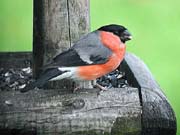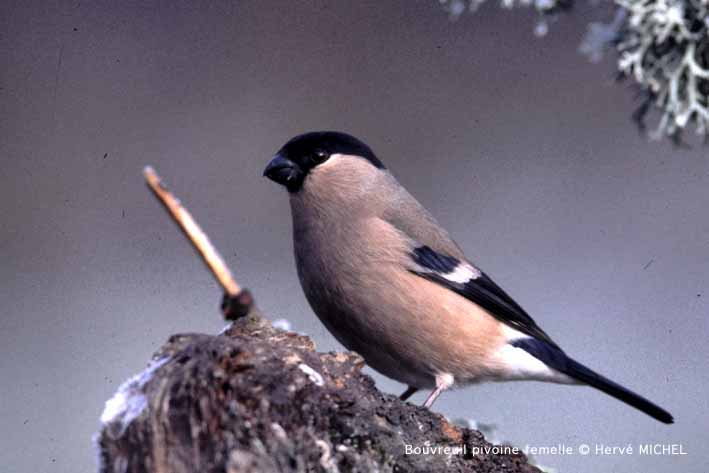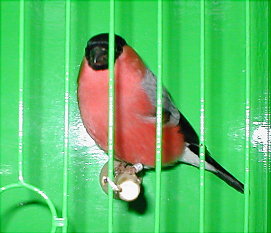BULLFINCH CROSSES

At this time there have been no crosses produced with the Bullfinch cock, there have been reports over the years but none proven. There seems no reason why the Bullfinch cock should not cross with other finches as the Bullfinch hen has crossed with most
Eggs hatch 11 days after sitting occurs, young leave the nest at approx 13 days, young are self supporting at approx 28 days old

COCK
HEN



COLOUR VARIANT BULLFINCHES CLICK HERE BREEDING PAGES CLICK HERE
Status and distribution Widely distributed and common over much of range. Breeds throughout the British Is and France, northern Spain east across Europe to the Urals including much of Scandinavia except the far north and higher mountains and north to the White Sea in Russia. Breeds south to the Mediterranean coast of France, northern Italy and the Balkans, northern Turkey and the Caucasus.
Migratory in far north of range, partial migrant or resident elsewhere, migrants move southwards in Oct-Nov, returning Mar-Apr. More widespread in winter, especially in Iberia, south & South-East Europe and Turkey.
Vagrants recorded in Iceland, Gibraltar, North-West Africa, Sicily and Malta, Jordan.
Subspecies Several races occur in the Region differing in intensity of colour of male and very slightly in overall size. Nominate race is largest and occurs in northern parts of Scandinavia and Russia, with the very similar europoea from the Pyrenees to Germany and slightly smaller pileata from British Is in which male is darker grey above and duller pink below. Compared to nominate, P.p.iberiae from northern Iberia is more orange below in males with some red on the back and females paler above, rossikowi from northern Turkey and the Caucasus is deeper, more reddish-pink below.
Habitat Woodland and open forest, usually deciduous but also coniferous in the north. Also on farmland with copses and hedgerows, orchards, gardens and town parks. Generally shy and secretive.
BULLFINCH FEEDING TECHNIQUES
SEED: good British finch mix, including a very small amount of stripped sunflower, pine nuts maw and perilla also a good multi vitamin with added probiotic.
REARING: soaked seed, egg food, plentiful supply of green food and small amounts of mealworms, fresh water daily and mineralised grit with a small amount of charcoal added.